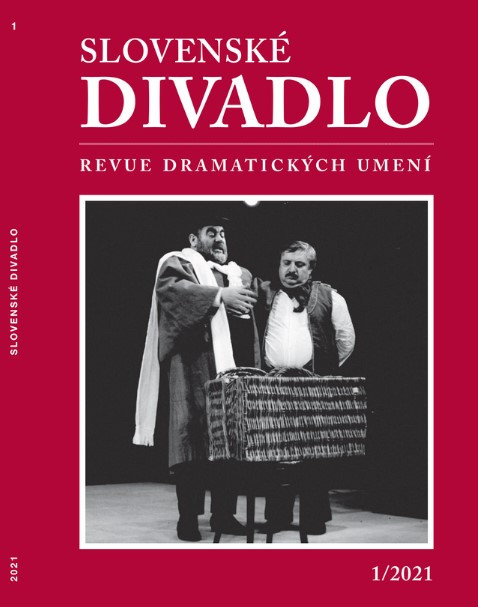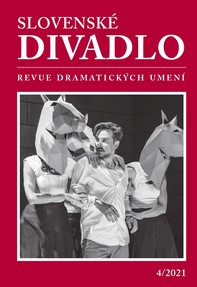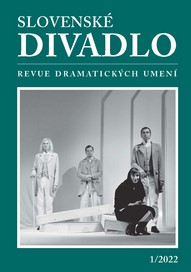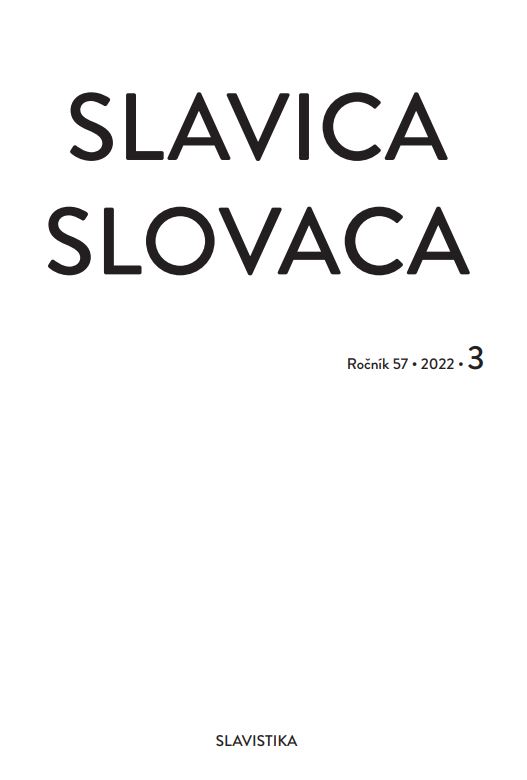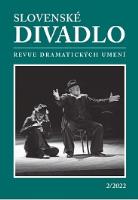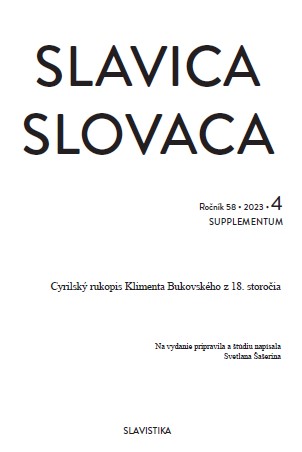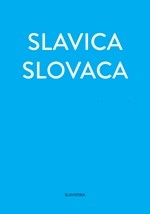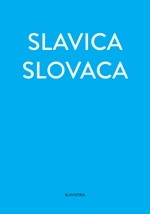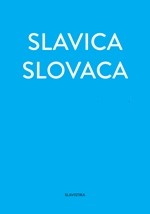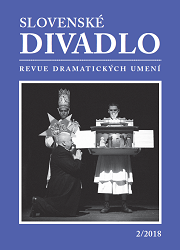
Zmeny moci a politické prevraty v hrách Júliusa Barča-Ivana Diktátor, Neznámy a Veža
The paper discusses three lesser known and less frequently staged plays written by Július Barč-Ivan (1909 – 1953), namely Diktátor (Dictator), Neznámy (The Unknown), and Veža (The Tower). Dictator was supposed to be premiered at the Slovak National Theatre in 1937, but it was removed from the repertoire due to censorship. The Unknown was staged and published as a book in Turčiansky Sv. Martin in 1944. The Tower was premiered at the National Theatre, Košice in 1947, and published a year later. All three plays deal with politics and power, as well as with changes of authority and leadership in different historical settings. In order to discuss Barč- -Ivan’s perception of the changes of power in history, the paper analyzes motives of social upheavals, coups d’état, and changes of leadership, as well as the portrayal of authorities, leaders, and the masses as dramatis personae in these three plays. It also discusses repartees and dialogues in the respective plays, wishing to show changes in Barč-Ivan’s elaboration of the theme between 1937 and 1947. The paper argues that Barč-Ivan gradually abandons the idea of eternal peace that was a key concept in his play Dictator; and in his play The Tower, he states that “the principle of love” can be only preserved by its counterpart – violence. Whereas in The Unknown the power was shaken but preserved, in both Dictator and The Tower a paradoxical replacement of original contrasting principles happened; and the opponents of the power ended up using the methods they originally rejected. The paper also claims that all three Barč-Ivan’s plays were an alternative to ideologies and politics of the era. They expressed historical pessimism based on a religious concept of history. Barč-Ivan believes that noble ideas inevitably remain contradictory to historical development: if they were applied successfully in societies, they would actually mean the end of history.
More...
